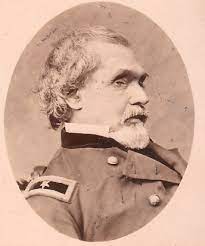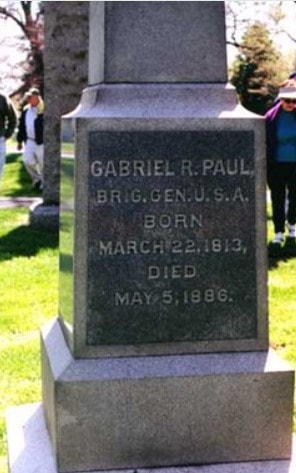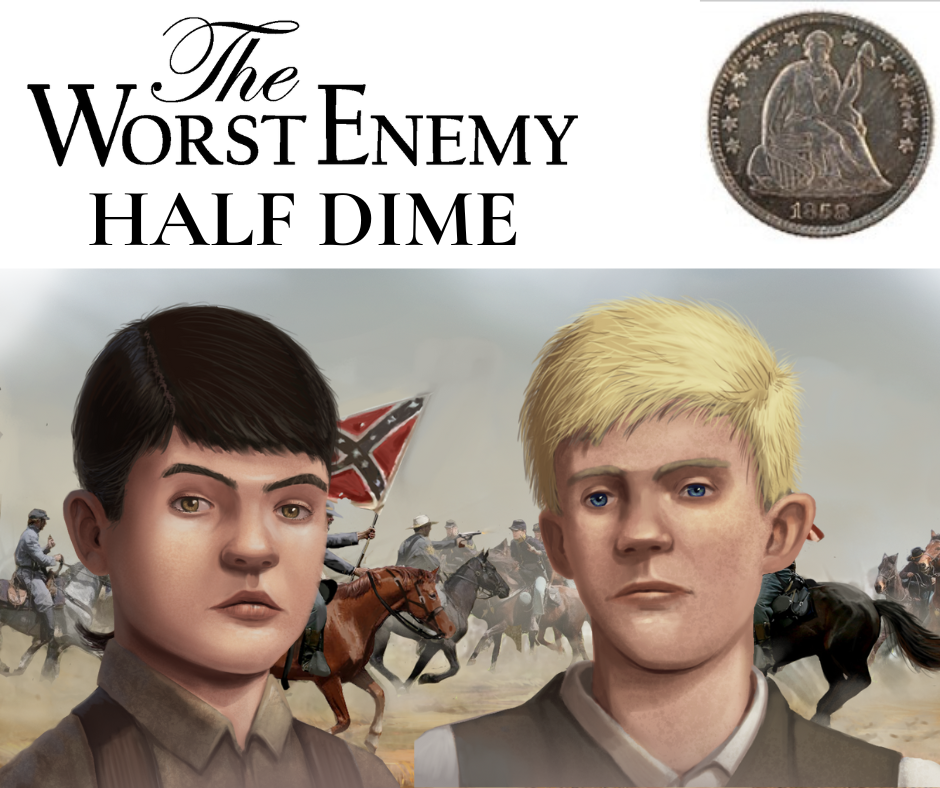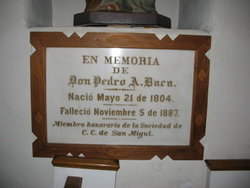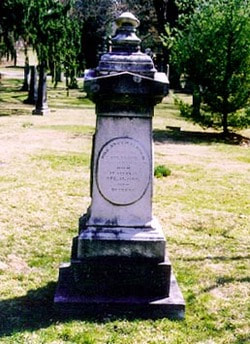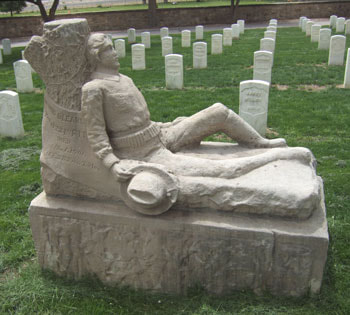 A replica of the Stone of Scone outside Scone Palace.
A replica of the Stone of Scone outside Scone Palace. Scones themselves are much older. They probably originated in Scotland in the earth 16th century. The first scones were most likely made with oats and baked on a griddle (or, as the Scots say, a girdle.)
How they acquired their name has been lost in the fog of time. Some have suggested that their name it comes from the Dutch word ‘schoonbrot’, which means beautiful bread. Others believe the name is related to The Stone of Scone, also known as the Stone of Destiny,. This is a rock that Kings of Scotland were seated on when they were crowned, and it has an interesting history of its own. Perhaps both the food and the rock were both named after the town of Scone, which is close to Perth.
Anna, the Duchess of Bedford (1788 – 1861) is credited with making scones a part of the English tradition of Afternoon Tea when she ordered the servants to bring tea and some sweet breads one afternoon. The treats included scones, and they became popular throughout the United Kingdom and, eventually, the world.

If you don't have buttermilk, you can make an acceptable substitute by adding 3 TBS of Vinegar to 3/4 cup of milk and waiting for it to clabber, a fancy word for develop lumps.
3 cups all purpose flour
3 TBS sugar
1 tsp baking soda
½ tsp salt
6 TBS chilled unsalted butter
1 egg, beaten to blend
¾ cup plus 3 TBS buttermilk
1/3 cup dried currants (raisins, dried cranberries or dried blueberries can take the place of the currants.)
Preheat oven to 425
Mix flour, sugar, baking soda and salt in a large bowl.
Slice butter into pats and drop them all over the flour mixture. Use a fork, a pastry cutter, or your fingers to blend in the butter until the mixture resembles a fine meal.
Mix in fruit pieces.
Mix in egg and enough buttermilk to form a soft dough.
Turn the dough out onto a flour surface. Pat the dough into three ¾ thick rounds. Cut each round into quarters. Or you can use a round cookie cutter to cut out the scones.
Transfer scones to a lightly floured baking sheet. Brush tops with milk and sprinkle with sugar. Bake until scones are golden brown and cooked through, between 18-20 minutes.
Makes 1 dozen scones.


